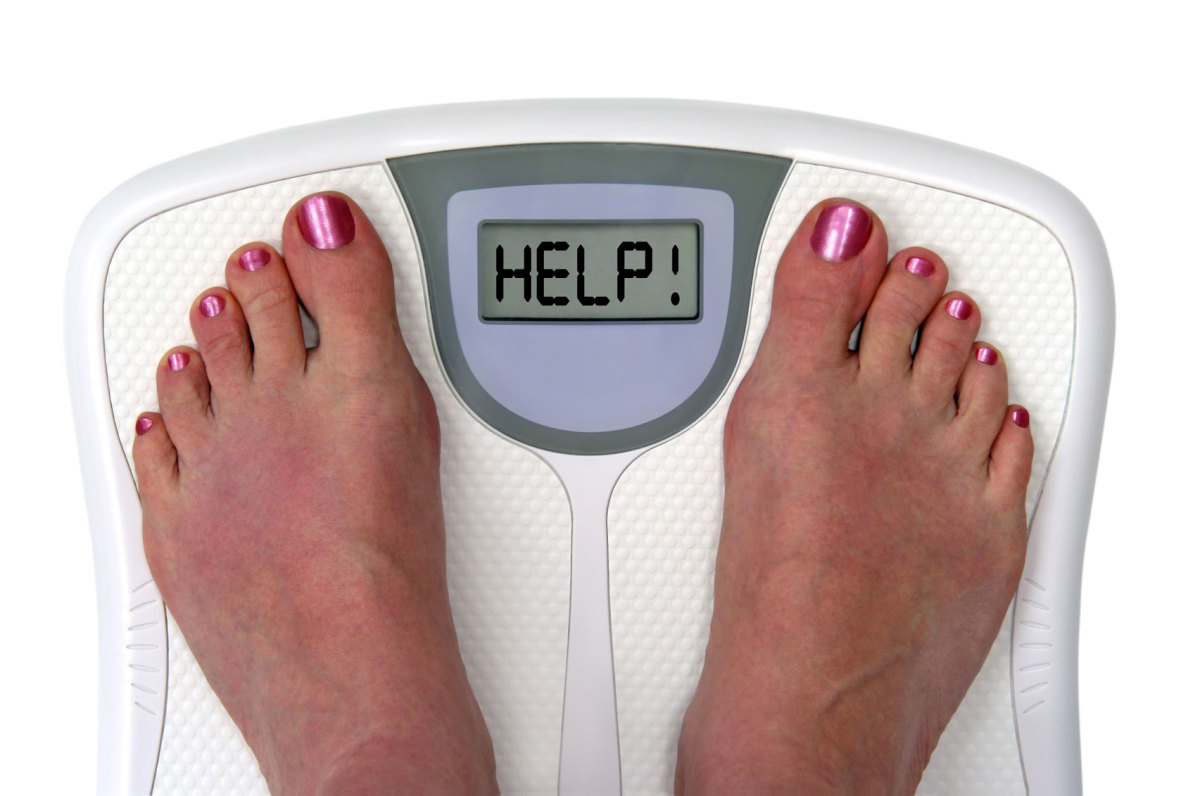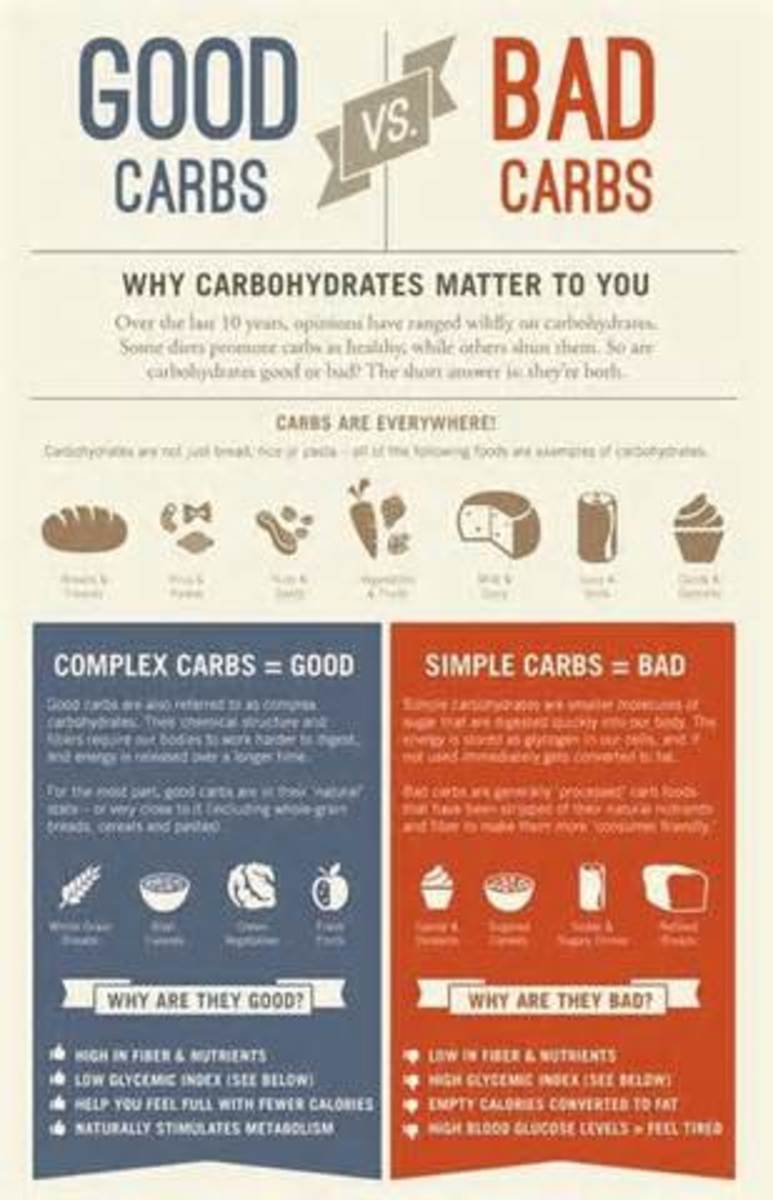How to Write a Diet Plan- 12 Steps for Weight Loss Success
This is a systematic way to pursue your goals. A friend sent the link to me recently. The webpage, Goal Setting as a Way to Achieve Optimal Wellness, is from Dr. Joseph Mercola's website. The steps are adapted from the book, Maximum Achievement, by Brian Tracy.
Mercola recommends steps to set up a plan with goals, to implement dietary recommendations. One of the keys to success is that your plan is consistent with your belief system. “My doctor says I have to lose weight” says nothing about your belief system. Do you believe that changing the way you eat will make you healthier? I believe this. If you do too, then Dr. Mercola urge us to not just make a plan, but to make plan that is as thorough and specific as possible, to put it in writing, and to use “I” statements.
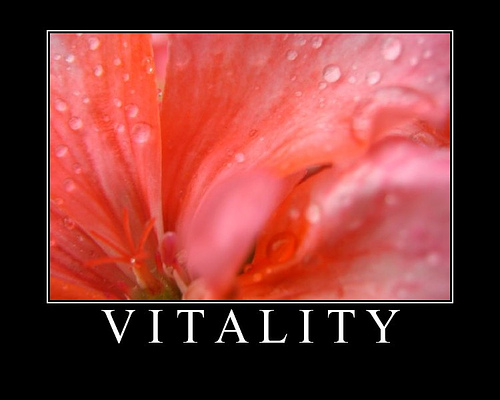
Step 1: Develop the Desire for Health
Our actions are often based on fear or desire. Do I fear poor health if I do not implement dietary changes and lose weight? We’ve all heard of “burning desire”. It comes from within, and is a powerful force that we can use to make huge changes. Fear is also a powerful force, but does not have the same power as desire, to inspire us to greatness. I desire good health.
Step 2: Develop Belief
We must develop a plan that is realistic and obtainable. We need to believe whole-heartedly in our plan. Set short term goals that support our long term goal.
I believe I can do a lot more than I have been doing, to nourish my body and enjoy better health. I believe improved general health will result from improved nutrition. I believe weight loss will be a natural consequence of improved health. My long term goal is: I will enjoy improved health through improved nutrition.
Our plan needs to be obtainable, but also challenging.
If I pledge to avoid fast food, this would not be challenging, since I have not had a significant fast food habit for the last 20 years. If I say I’m going to have my entire improved nutrition plan in place in 2 weeks, that would be unrealistic, at least for me. If fact, I’d say overwhelming.
One of my short term goals is to return to eating cultured vegetables at least one time a day. I haven’t done this in a while, but about a year ago, I was in the habit of eating cultured vegetables after my evening meal. This short term goal is challenging because I haven’t done this in about a year, but attainable, because I have done it before. I’m also motivated to do this again, because I believe that cultured vegetables have many health benefits, and they seemed to minimize my reflux symptoms.

Step 3: Write it Down
We need to put our goals in writing. Mercola suggests 2 tasks specific to goal writing. First, write down what life will be like when you reach your goal. For the goal of eating optimally, Mercola suggests writing in detail what a meal will look like, and what you will do with your new energy. Put this in an envelope, and read it when you need motivation.
Secondly, write one sentence that captures your goal, and put it in several locations like on your bathroom mirror, in your car, at your workstation, and on your sofa table. I might write: To the best of my ability, I will choose foods that nourish my body, and are free of unnecessary additives and toxins.
Develop your sentence, like an affirmation, representing your goal, and read it several times before going to bed. Spend one to two minutes visualizing what it will be like when you have reached your goal.
Brian Tracy on Goals

Step 4: Make a List of All the Ways You Will Benefit From Achieving Your Goal
The things that motivated you to set your goal can act as the forces to motivate you to move forward. Review your list on a regular basis to keep motivated.
My list might be an expansion of these statements: As I nourish my body better, and I become healthier, I will have more energy, I will have less pain, I will look and feel better. I will have renewed interest in activities.
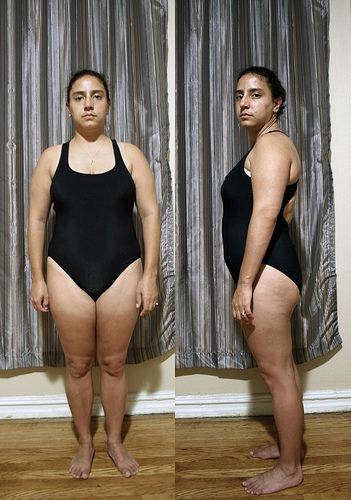
Step 5: Analyze Your Position, Your Starting Point
Record where you are now, so you can assess your progress. If your goal is to lose weight, record your weight. If it is to lose inches, take your measurements. If your goal is to lower your blood pressure, record your blood pressure. If it is to lower you blood sugar or cholesterol, get your doctor to order lab tests. If your goal is to increase your energy and activity, start an activity log.
Step 6: Set a Deadline
Set a deadline for tangible goals like attaining a certain weight, blood pressure or cholesterol level. According to Dr. Mercola, this deadline programs your cells to achieve the goal at the specified time, if not sooner. If you fail to meet your deadline, set another.
If your goal is intangible, like ‘optimal health’, Mercola says not to set a deadline, because your cells will interpret this as the first date to “comply”.
Essentially, my goal is optimal health which is intangible, but I can still measure my victories every time I have a 5 lb weight loss, or every time I have a lab result that changes in a good direction.
Step 7: Make a List of Obstacles That Stand Between You and the Accomplishment of Your Goals
Make a list of everything you can think of that stands between you and your goal. This would include things that you feel will make it more difficult to get to where you want to be. Re-write the list starting with the smallest obstacle, to the obstacle that you think is the most difficult. Attack your smallest obstacle, and progress through each one, conquering the obstacles, or changing your situation for success.
Obstacles can be internal or external. An internal obstacle is an attitude or belief you have. I might think, “The shopping and planning for my diet seems overwhelming.”
External obstacles are things outside of us, such as people and things or circumstances. The person at work that always wants to go out to eat, or the family member that insists on always having dessert with dinner, are external obstacles.
My doctor recommended the Eat Right for Your [Blood] Type diet. There are 3 adults in my household, and we have 3 different blood types. That’s a pretty huge obstacle. I would like to eat only organic produce. Aside from the additional cost, not all varieties of fruits and vegetables are available in organic, despite living in an area with Whole Foods, Sun Harvest, and HEB Central Market. That is an external obstacle.
Step 8: Identify Additional Information You Will Need to Achieve Your Goal
Empower yourself with information. Search out and make an exhaustive list of the benefits of an optimal body weight. Learn about the health risks of high blood pressure and high cholesterol.
As a (non-physician) provider, I know a lot about various health problems. I have alsi learned about the benefits of cultured vegetables, and the pitfalls of combining meats and starches in one meal. I am motivated to learn even more, and to set goals for incorporating these things into my nutrition plan.

Step 9: Make a List of the People Whose Help and Cooperation You Will Need
You will need the help of others, such as your family, coworkers, friends, and your doctor, to be successful in your goals. We need support and encouragement, and it is important to identify those people who will support us to the fullest. Some people sabotage our efforts. Educate people about your goals, how you will benefit, and how they can help.
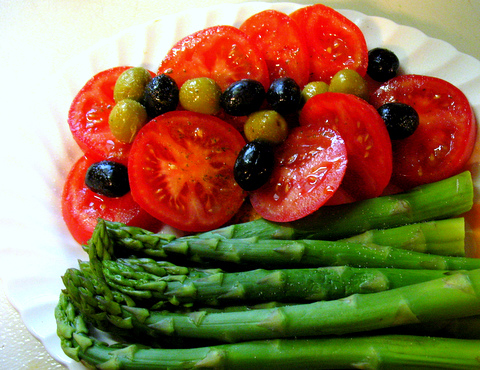
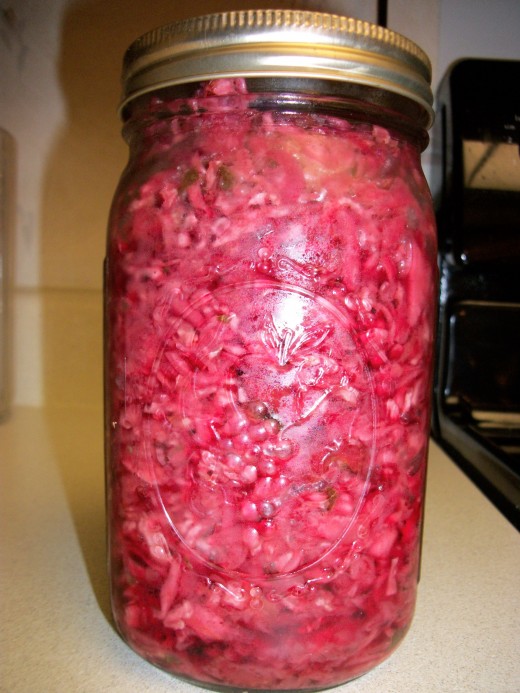
Step 10: Make a Plan
Write a detailed plan. Include what you want and why. Record your starting point. Estimate timelines. List obstacles, and your support system. These steps have provided a start.
Having worked with clients in multiple settings on goal setting, I can’t emphasize enough about being thorough and specific. I found that many clients had no idea how to do this!
I might break my plan down into many smaller chunks, with a series of short term goals. I might do this for several areas, such as diet, relaxation and sleep, and exercise.
For my nutrition plan, I might set aside time every Thursday for reviewing recipes and meal planning. Then each weekend I would shop, which might include multiple stores. I might also set a short term goal for eating at least 3 servings of vegetables a day, plus 1 serving of cultured vegetables. In addition, I might set a goal of juicing 3 times a week, for additional nutrients from vegetables.
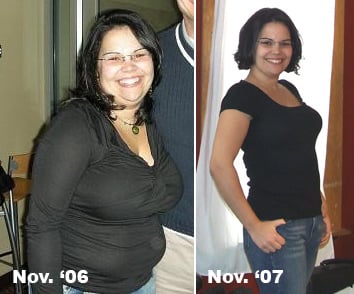
Step 11: Use Visualization
Visualize yourself at a table selecting foods that promote health. Visualize activities that energize you. Imagine how good you will feel. Imagine your healthy life. Take time for visualization every day. Do this at night while you are reading your sentence you created in step 3.
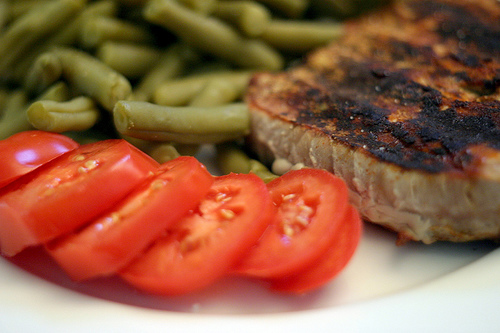
Step 12: Make the Decision to Advance, and Affirm that You Will Never Give Up
Never, ever give up. Everyone has days or weeks where they slip. When you slip, acknowledge it, then get back with your program, making good food choices.
Dr. Mercola

Photo Credits
- 44 of 365: Back from a business trip into the palm of my family :-) on Flickr - Photo Sharing!
I had a great trip to Malta, but it always nice to come home. I'm not sure that a photo where just my hands are visible counts as a self-portrait, but there is a part of me in it so it's within the group rules. The cartoon includes me too, but as I'm - VERNATOPIA - Welcome
Personal photos. - spring tomato olive salad with blanched asparagus on Flickr - Photo Sharing!
spring tomato olive salad with blanched asparagus - One Year on Weight Watchers on Flickr - Photo Sharing!
November 2006 - size XL shirt, size 16 jeans, 189 pounds November 2007 - size S shirt, size 6 jeans, 142 pounds Thank you for the comments!!! :) - A Starting Point. on Flickr - Photo Sharing!
A couple years ago I lost about 30 pounds, which on my five-foot frame was almost 1/5 of my body weight. After my wedding last April, I gained back 20 of them. It's not really that I feel bad about my body as much as I regret the loss of all I worked - Writer\'s block on Flickr - Photo Sharing!
When words turn into a phantom of the past - illusive, hard to catch, couldn't be touched. - on Flickr - Photo Sharing!
Flickr is almost certainly the best online photo management and sharing application in the world. Show off your favorite photos and videos to the world, securely and privately show content to your friends and family, or blog the photos and videos you





